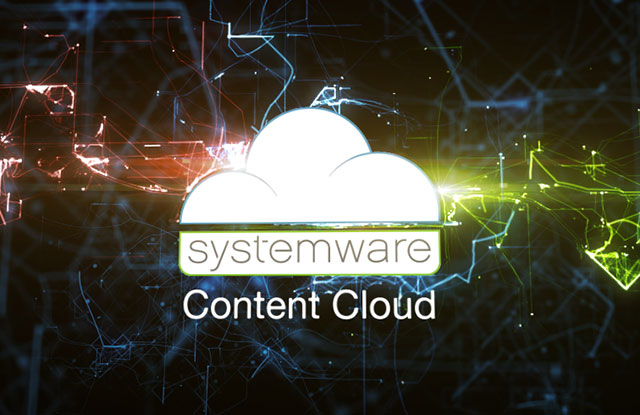Taking Enterprise Content Management from Reactive to Strategic
Blog: Colin Crofts - Business Process Improvement
ECM can’t happen in a vacuum – or, at least, it shouldn’t. The best-laid information governance plans are ones that are implemented to support business processes and organizational goals, and there are two avenues where we at Systemware see huge potential: augmenting existing business operations and preparing for crisis scenarios.
Strengthen existing operations
ECM shouldn’t be disruptive. In fact, it should be the opposite. A well-designed ECM program can help your organization streamline existing business operations.
Assess your current operations and ask yourself these questions: Are there redundant or repetitive steps? Are you seeing duplicate data? Are you encountering shadow IT projects? If you’ve answered “yes” to any of these questions, you’ve just identified an opportunity where an ECM program can help.
Let’s take the first question as an example. Are there redundant steps in your operations or workflows? If there are, an ECM program should be able to eliminate those steps. Systemware’s Content Cloud, for example, helps to create, manage, and modify workflows for efficiency. Clients can access, manage, and audit content and processes, allowing them to redesign workflows that need to be improved.
The same holds true for those steps that are simply repetitive. Many organizations come to us with complaints about end-user productivity being hindered by repetitive processes. This is point where we, again, see ECM playing a useful role. Content Cloud enables clients to drive end-user productivity by automating certain processes. User-driven scripting allows you to record, edit, and play back those repetitive processes (like end-of-month reporting), freeing the user to focus on other tasks.
Plan for the unlikely
In the event of a crisis, a reactive approach to content management can cost you dearly, so take a cue from the Boy Scouts on this one: Always be prepared. As an information management decision maker, you likely don’t have time to sit down and plan for every possible crisis scenario, but your organization could benefit from planning for the unlikely event of just a few possible situations.
Investigation preparedness
Depending on what industry you’re in, litigation may or not be a regular concern. For organizations in the financial sector, it’s par for the course; for those in retail, it might not be top of mind. If you’re a Fortune 500 company, though, you’re at higher risk for litigation regardless of what industry you’re in.
A comprehensive content management program can go a long way in helping ease the pain of legal investigations and making sure your organization is discovery-ready. At Systemware, we’ve designed our offering to address three critical pain points for organizations facing legal inquiries:
- Compliance: Are my retention schedules being executed according to internal and external regulatory policies? Is my data being archived in compliance with industry standards? These are questions you don’t want to be asking when suddenly faced with litigation. Be proactive. Systemware has helped some of the nation’s largest companies manage petabytes of data without compromising on compliance.
- Find data for legal hold: You’ve been asked to put aside all information relevant to an inquiry, but you first need to determine what data falls into that category. Systemware’s powerful indexing and search capabilities allow you to easily find any content relating to a specific case.
- Monitoring and audit trails: Most investigations call not for just content but also records detailing if and when content was moved and who has accessed it. Systemware provides both monitor capabilities and comprehensive audit trails for every action or activity that occurs within the system.
Disaster recovery
In everyday life, we don’t plan for disasters, but it’s a best practice to prepare for them. In business, it’s much the same. An ECM program that thinks ahead to the possibility of an IT crisis can be your best defense. This is why we’ve designed our Content Cloud to automatically replicate content across all Content Stores. In the event of a disaster, the system will automatically switch to another Content Store, ensuring continuous availability for business continuity.
When implemented in support of existing procedures and preparation for unlikely (but potentially damaging) scenarios, an ECM solution can be a major advantage in realizing and protecting your organizational goals. The business cases listed above are really just a few of many to consider when designing a comprehensive ECM strategy.
Leave a Comment
You must be logged in to post a comment.








